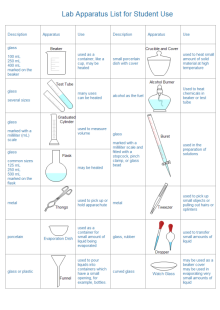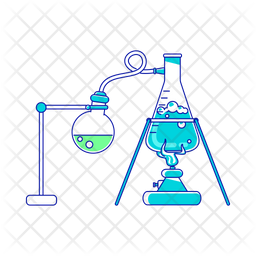Life in a Lab: Exploring the World of Laboratory Equipment
Much of the scientific breakthroughs that have allowed us to advance our knowledge of the world around us can be attributed to laboratory equipment. From humidity controlled rooms to specialized microscopes, this equipment plays an important role in making discoveries and improving our lives. In this article, we’ll take a look at some of the most important pieces of lab equipment and their uses.
Lab safety equipment
The safety of our personnel should always come first when working with laboratory equipment. Items such as safety glasses, lab coats, gloves, and face shields are an absolute must for any lab environment. Proper safety equipment is not only vital for the safety of personnel but also is essential in protecting experiments and samples from contamination.
Measurement devices
The ability to accurately measure the results of experiments is paramount in the field of science. From digital scales and rulers to sophisticated devices like refractometers and spectrophotometers, devices used to measure physical properties can play a vital role in gathering data and forming conclusions.
Microscopes and imaging systems
In order to observe molecules and cells, powerful magnifying tools are necessary. Microscopes, both optical and electron-based, allow scientists to examine living organisms on a microscopic level. Imaging systems are also frequently used to capture and analyze images of cells, tissues, or other material being examined under the microscope.

Centrifuges and homogenizers
Centrifuges and homogenizers are machines that use force to separate biological samples or components into smaller parts. Centrifuges use gravity to spin samples in a tube and separate heavier constituents from lighter materials, while homogenizers utilize high pressure to disperse substances. These machines are essential in biochemical and medical research.
Spectrometers and calorimeters
Spectrometers and calorimeters measure various kinds of radiation and heat respectively. Spectrometers are used to calculate the amount of light present in a sample and to determine its chemical composition. Calorimeters are useful for measuring the energy produced by a reaction between two substances.
Baths and incubators
Baths and incubators are temperature-controlled machines used to keep samples and cultures at the right temperature. Baths are typically used to keep small containers of liquid samples at a constant temperature, while incubators provide optimal conditions for cell cultures to grow and thrive.
Computer systems
Computer systems are essential for recording and analyzing data generated by laboratory equipment. PCs, laptops and tablets are used to store and process data in order to draw conclusions and gain insight into experiments. Computer systems are also used to measure electrical signals from scientific instruments and store data from multiple sources.
Laboratory equipment plays an important role in helping scientists understand the world around them. From safety equipment to computer systems, these devices are essential for conducting research and making groundbreaking discoveries.
Laboratory Equipment is essential for any research or experimentation in the lab. From test tubes and petri dishes to microscopes and centrifuges, modern laboratories need a variety of equipment to conduct their experiments safely and accurately. Proper laboratory equipment can improve accuracy and efficiency while helping to ensure that students and staff following safe laboratory practices. Furthermore, it is important to maintain and store equipment properly so that results are consistent and reliable.

